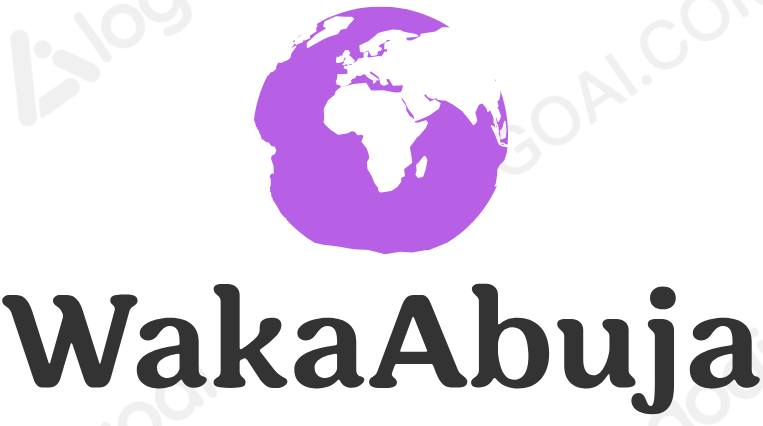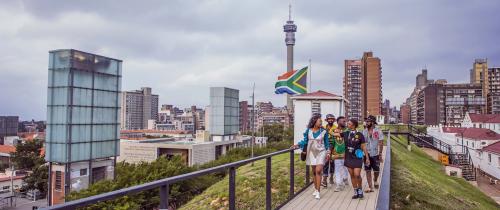Quick Overview
If you’re planning a trip to Johannesburg, South Africa’s bustling economic powerhouse, this guide covers everything you need: the city’s fascinating history, the best things to see and do, practical travel tips, safety advice, accommodation options, typical costs, and how to get around.
I’ll also share personal insights and must-know tips that helped me explore Jo’burg safely and smartly.
Whether you’re a first-time visitor or returning, this comprehensive guide will ensure your trip is memorable and smooth.
Johannesburg: A City of Contrasts and Opportunity
Johannesburg, affectionately called Jo’burg or Jozi by locals, is unlike any other city. It’s South Africa’s largest metropolis with over four million people and a pulsating mix of history, culture, and modern life. Situated in Gauteng—the country’s smallest but richest province—it drives nearly 40% of South Africa’s GDP. Yet, unlike many cities its size, Johannesburg is inland with no river or sea—originally just open veld and rocky outcrops.
Its story is layered: from Stone Age ancestors 500,000 years ago to 19th-century gold rushes to apartheid-era segregation and fierce resistance movements, Jo’burg embodies South Africa’s complexities and resilience. I’ve walked its streets and felt the energy of its markets, the warmth of its people, and the bittersweet history that shaped it.
From Gold Rush to Cosmopolitan Hub: Johannesburg’s History
The modern city of Johannesburg began in earnest in 1886 when George Harrison discovered gold on the Witwatersrand ridge. This sparked one of the biggest gold rushes in history. Initially, tents and wagons sprang up, evolving rapidly into wood, iron, and then brick buildings. Today, the city boasts the Carlton Centre, Africa’s tallest building at 50 stories, a monument to its economic ascent.
The gold rush attracted prospectors worldwide, igniting the Anglo-Boer War (1899-1902) as British and Boer forces battled for control. After the war, Johannesburg became a melting pot: thousands of Chinese laborers arrived to revive the mines, while European capitalists poured investment into deep mining operations. Black South Africans were brought in as low-wage laborers, a cornerstone of the city’s segregated economy.
The forced removals of 1904 started with Brickfields residents relocated to Klipspruit, birthing Soweto—the country’s largest township. This segregation entrenched systemic inequalities, but Soweto also became a vibrant cultural and political hub. Mahatma Gandhi, who lived here, began his fight for equal rights through nonviolent resistance. Nelson Mandela and Walter Sisulu cut their activist teeth in Johannesburg’s dusty streets, shaping the anti-apartheid movement that would eventually free the nation.
Historic neighborhoods like Sophiatown flourished with artists, writers, and musicians but suffered mass forced removals in the 1950s. Today, Jo’burg’s story is one of transformation, remembering the pain but also celebrating cultural resilience.
Where is Johannesburg? Interactive Map and Getting Around
Located in the Gauteng province, Johannesburg is approximately 1,753 meters (5,751 feet) above sea level. Despite being inland, it enjoys a moderate climate with sunny days and cool evenings.
Getting Around Johannesburg: Public transport includes minibus taxis (common but can be chaotic), the Rea Vaya Bus Rapid Transit system (safe and affordable), and rideshare services like Uber and Bolt, which I personally found convenient and safe when traveling at night or in unfamiliar areas.
Must-See Attractions and Activities in Johannesburg
1. Apartheid Museum
This powerful museum offers a moving, immersive experience about South Africa’s apartheid history.
I spent hours here absorbing the exhibits, which include photos, videos, and artifacts. It’s a must for understanding the city’s complex past.
2. Soweto Township and Vilakazi Street
Explore the vibrant heart of Soweto. Walk Vilakazi Street, where Nelson Mandela and Desmond Tutu once lived. Visit the Hector Pieterson Museum to learn about the 1976 student uprisings. I recommend a guided tour here to gain context and safely navigate the sprawling township.
3. Constitution Hill
Once a prison complex, this site now houses South Africa’s Constitutional Court and serves as a symbol of democracy and human rights. I found the guided tours deeply inspiring and reflective.
4. Maboneng Precinct
This creative urban neighborhood is buzzing with street art, trendy restaurants, boutiques, and markets. I loved grabbing coffee here and soaking up the youthful vibe.
5. Johannesburg Botanical Gardens & Emmarentia Dam
For a quieter afternoon, these green lungs offer walking trails, picnic spots, and bird watching—a perfect retreat from the city’s hustle.
Practical Travel Tips: Safety, Costs, and Accommodation
Staying Safe in Johannesburg
Johannesburg is a city of contrasts—while many areas are safe, some parts require caution. I always recommend using rideshares at night, avoiding walking alone after dark, and keeping valuables out of sight. Tourist hotspots and upscale neighborhoods like Sandton tend to be safer. Emergency numbers to keep handy:
- Police: 10111
- Medical Emergencies: 112 (mobile)
- Ambulance: +27 11 375 5911
Typical Costs and Suggested Budget
Prices fluctuate, but here’s a quick snapshot of daily expenses based on my visits:
These include accommodation, meals, transport, and entry fees. Street food and local restaurants offer great value. Taxis and Uber rides within the city usually cost between ZAR 50 and ZAR 150, depending on distance.
Where to Stay
- Sandton: Upscale, safe business district with malls and restaurants.
- Maboneng Precinct: Trendy, artsy vibe with boutique hotels and guesthouses.
- Soweto: Affordable guesthouses, rich culture, but choose wisely for safety.
- Rosebank: Centrally located with good shopping and hotels.
Final Tips & Resources for Your Johannesburg Trip
- Download offline maps via Google Maps for areas with limited signal.
- Use a local SIM card for data (Telkom, Vodacom, or MTN are best).
- Respect local customs and dress modestly when visiting historical sites and townships.
- Try local cuisine like bunny chow, chakalaka, and braai (barbecue).
- Visit during South African spring (September–November) or autumn (March–May) for the best weather.
Frequently Asked Questions
Is Johannesburg safe for tourists?
Yes, if you stick to well-known areas, avoid isolated spots at night, and use trusted transport options like Uber or official taxis.
What is the best time to visit Johannesburg?
Spring (September–November) and autumn (March–May) offer mild weather and fewer tourists.
Do I need a visa to visit South Africa?
It depends on your nationality. Many countries have visa exemptions for short visits, but check the latest requirements before travel.
What currency is used?
The South African Rand (ZAR). Credit cards are widely accepted, but carrying some cash is recommended.
How do I get from the airport to the city?
O.R. Tambo International Airport is about 25 km from the city center. Use airport shuttles, Uber, or arrange private transfers for convenience.




